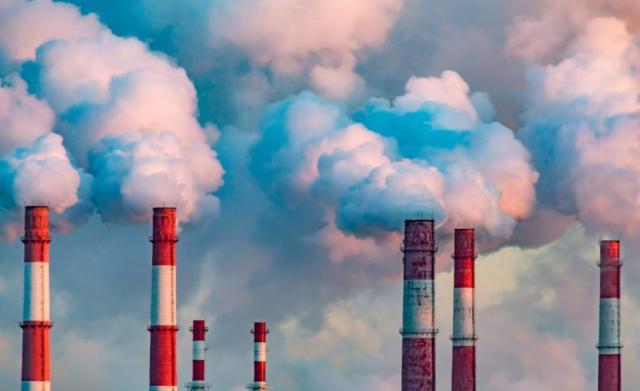The US Environmental Protection Agency will now put in place stricter rules that limit emissions of mercury and other harmful pollutants from coal-fired power plants, in what is an update to standards that were imposed more than a decade ago.
Emissions of mercury and other toxic pollutants that are harmful to brain development of young children and contribute to heart attacks and other health problems in adults would be lowered under the rules as proposed on Wednesday.
The move is precipitated on a legal finding by EPA in February that regulating toxic emissions under the Clean Air Act is “appropriate and necessary” to protect the public health and was a reversal of a move by former President Donald Trump’s administration to weaken the legal basis for limiting mercury emissions.
The EPA’s Mercury and Air Toxics Standards, which have delivered a 90% reduction in mercury emissions from power plants since they were adopted in 2012 under former President Barack Obama will be supported and strenghtened by the proposed rule, EPA Administrator Michael Regan said.
Read also: EU aims to speed up phaseout of harmful greenhouse gases
“By leveraging proven, emissions-reduction measures available at reasonable costs and encouraging new, advanced control technologies, we can reduce hazardous pollution from coal-fired power plants — protecting our planet and improving public health for all,” Regan was quoted as saying in a statement.
The proposed rule is expected to be finalized next year, “ensuring historic protections for communities across the nation, especially for our children and our vulnerable populations,” Regan added.
The new rule aims to eliminate up to 70% of mercury emissions and other toxic pollutants such as lead, nickel and arsenic, while also reducing fine dust from coal plant emissions.
The mercury rule, which would result in the likely retirement of 500 megawatts of power by 2028, is among several EPA regulations aimed at coal plants, including proposals to restrict smokestack emissions that burden downwindareas with smog, tighten limits on wastewater pollution and toughen standards for fine particle pollution, more commonly known as soot.
Story was adapted from AP.
